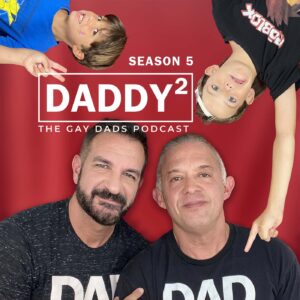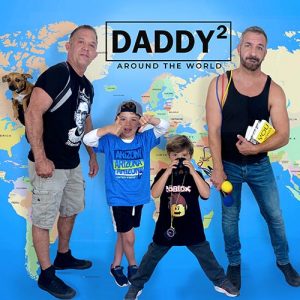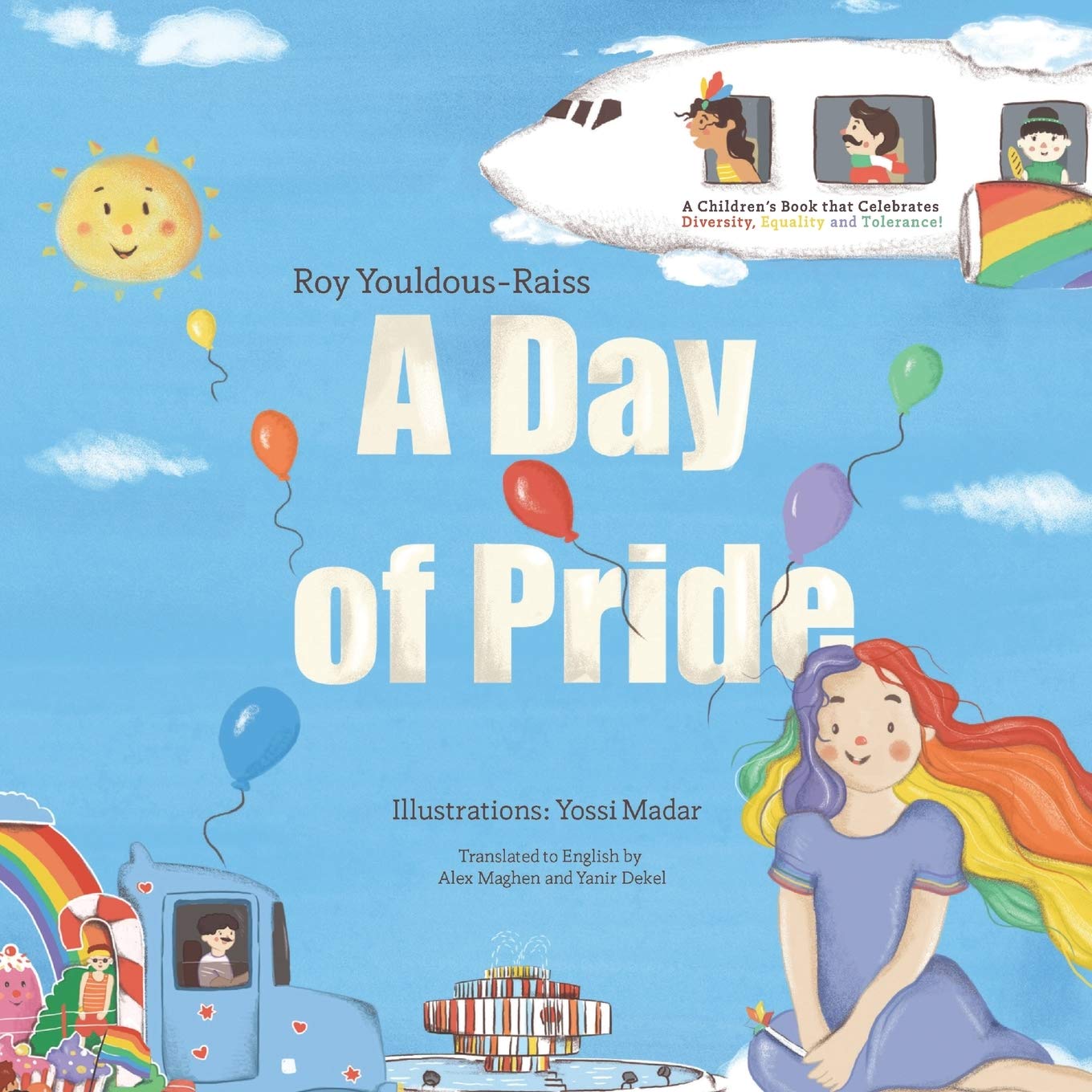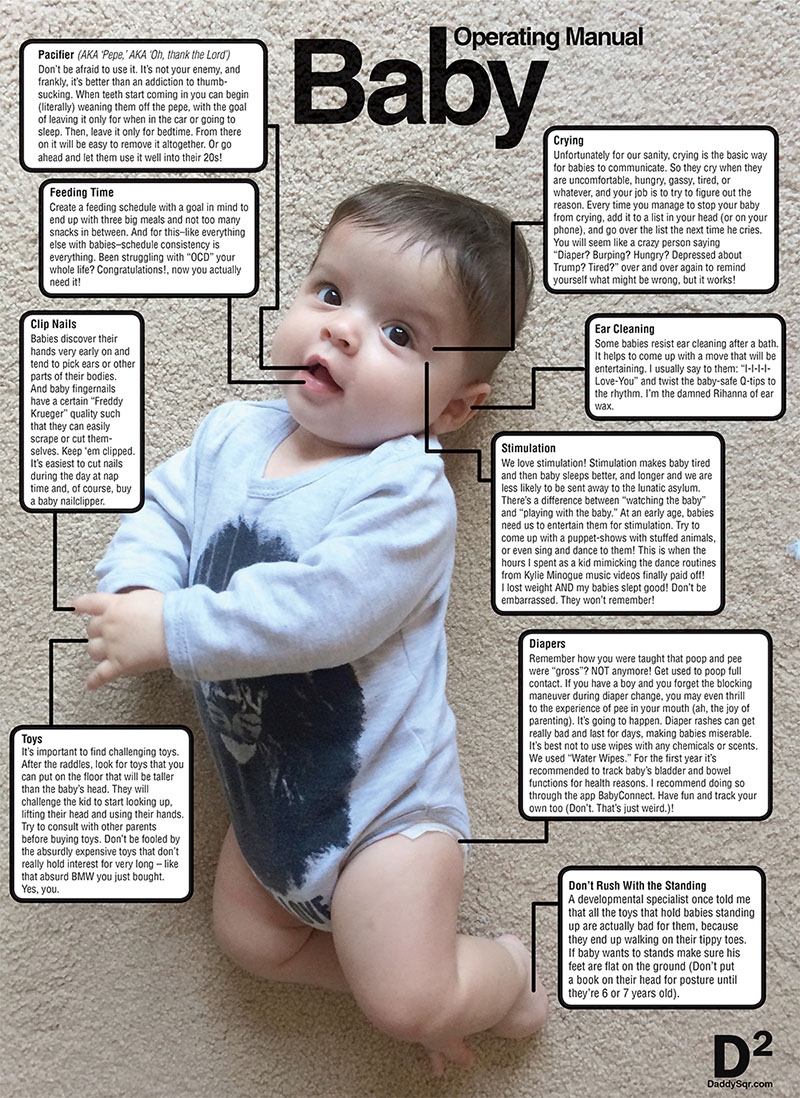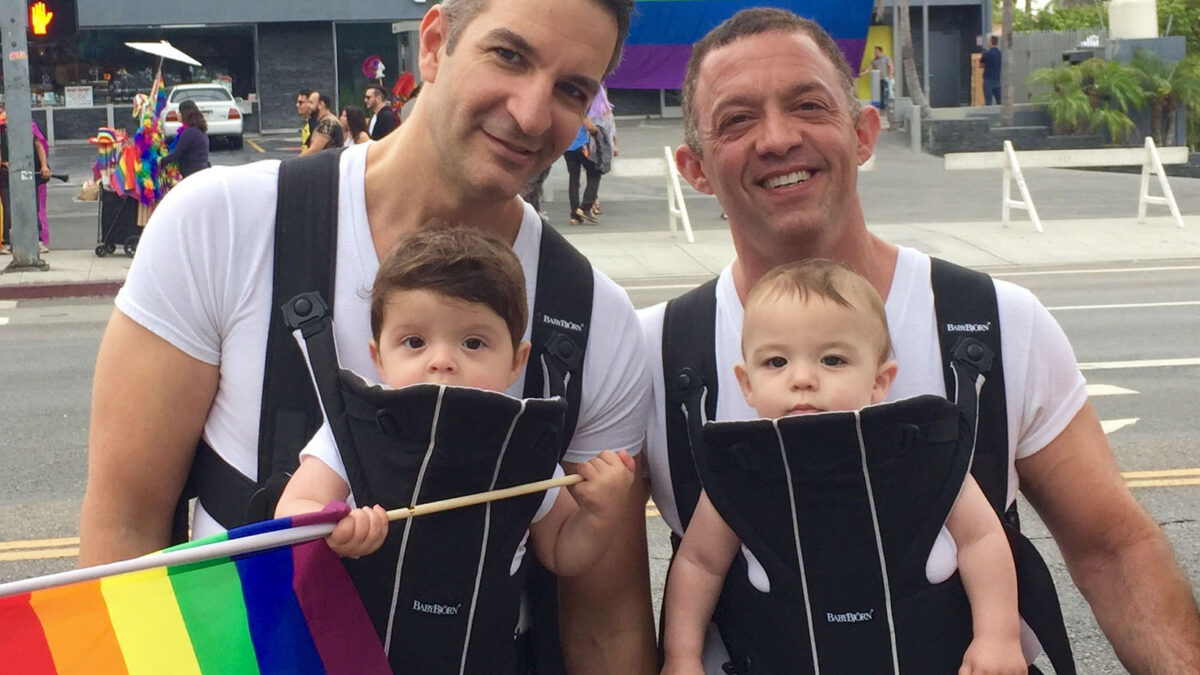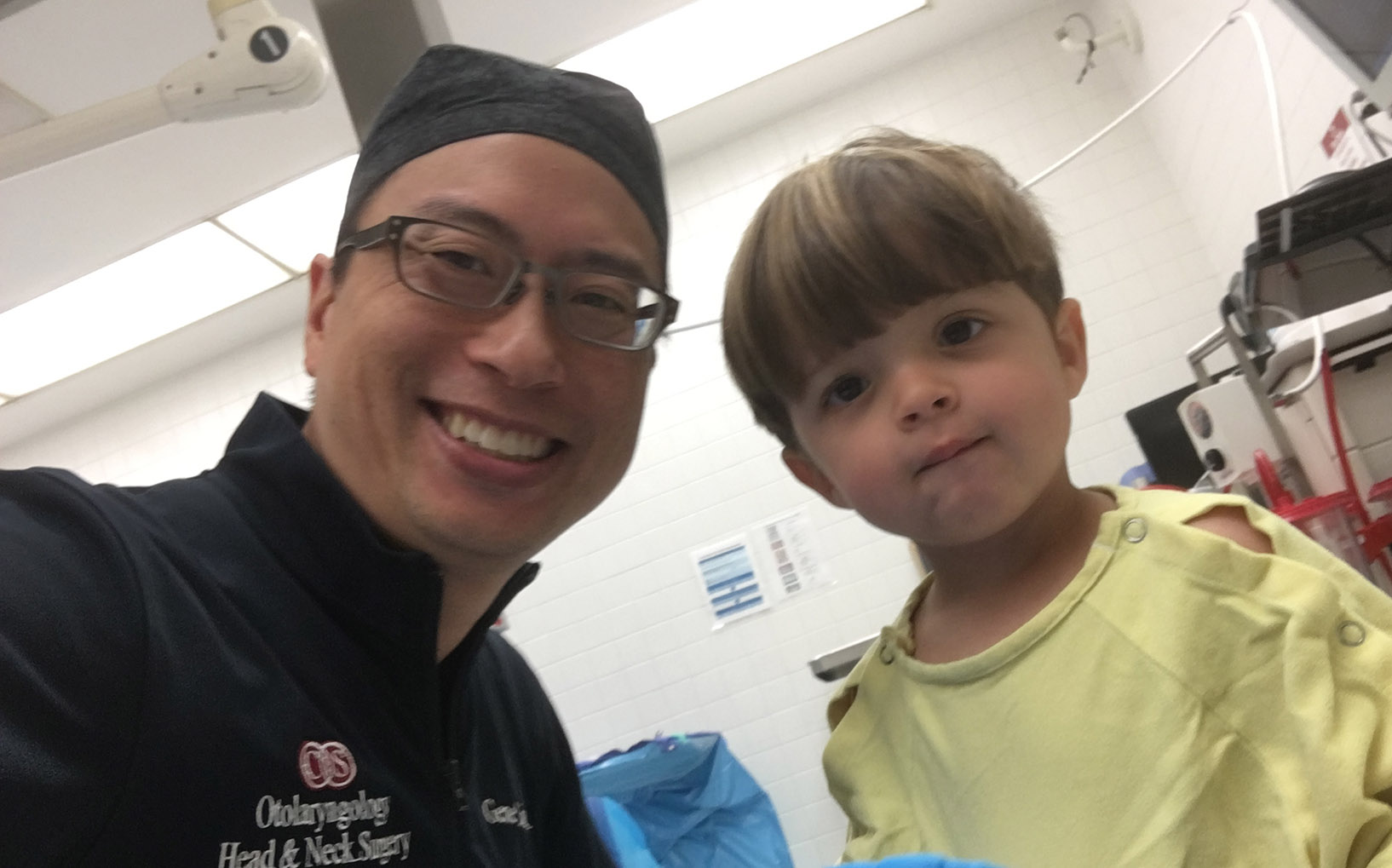Interracial Gay Family Handbook
This interracial gay family handbook provides prospective gay parents ways to discuss racism, homophobia, instill positive racial identities, and honor their children’s birth culture. Divided to five main subjects, here’s the most common experience of interracial families.
Reprint with permission from the blog Dad Daddy Kids,
by Daddy Squared’s Gay Dads of Color episode guest, Gregory Yorgey-Girdy
If you don’t know this and what the benefits of trans-racial adoption are, it is worth considering before adopting.
For so many gay couples, trans-racial adoption is the best fit. If considering trans-racial adoption, there are many benefits and situations that should be discussed.
1. “Is This Kid Yours?”
We are a gay interracial couple – black and white – raising our two boys, black, with our mixed-race daughter, who looks white than anything else.
I personally identify with being black, because it carries the same combination of pride, remembrance, and regrets that “African American” was designed for. Thus, I prefer to raise our boys to also identify with being black. We will let our daughter decide what identity best fits her as she gets older.
Regardless if its black parents adopting white kids or white parents adopting black kids, families like ours typically garner lots of intention when in public.
Since our mixed-race daughter looks white, she and I often get double takes everywhere we go. I prefer to credit those double take to our daughter’s beauty but reality dictates otherwise.
Our first foster-to-adopt son (he has since been placed back with his birth mom) was white. He and I also received stares wherever we went. I particularly despised the “is he yours” question, which made me feel self consciously black.
My white husband, Paul, receives similar double takes and stares, perhaps more, when he is in public with our black boys. On one occasion, he was approached by an older black woman asking, “where is the mother”?
A polite reply would probably be the best response, but we typically respond with “none of your business” or “I am the mother”. Either way, we try to protect our children from such approaches by just removing ourselves from the situation.
2. The Fascination with “Black Hair”
The fascination with touching other people’s hair can be both frustrating and annoying. I have had situations where total strangers were fascinated with my boys’ hair because it “looks” and “feels” different.
My advice would be to ask the child or their parent before touching his/her hair.
Some people might argue that black people place too much importance on hair and we should dial it back a bit. However, some parents understand that their children are being judged on how they are groomed.
We know white gay couples who are consistently harassed about their black daughter’s hair. Just as some black folks aren’t born with a gift of hair styling (even though some would say otherwise), white couples, same sex or not, must do research on how to maintain and care for black hair.
I personally find YouTube as a great resource.
3. Make Sure Your Kids’ School is Diverse
Kids from gay families have the right to go to schools that are safe and free from annoyance and bias.
Gay parents should avoid schools that choose not to combat unfairness based on race, sexual orientation, and gender identity because same-sex families, like other families, have the same right to be accepted and participate on an equivalent basis.
Evidence of a school’s committed to fairness starts with its forms, papers, and documents. They should be modernized to include terms such as”Parent” or “Guardian”, instead of “Mother” and “Father”. If it includes the latter, then that school is probably not the right fit for your family.
Secondly, I would recommend a tour of the prospective school and look for the following:
- Diverse student body
- Diverse teachers and faculty
- Posters or art celebrating diversity, equity, and inclusion
Finally, set-up meetings with the teachers and faculty of the prospective school to determine if it has the following:
- Anti-harassment policies that incorporate sexual orientation and gender identity.
- Teachers and faculty training on diversity, sexual orientation, and gender identity.
- Associations and Parent groups that specifically include and create allies in same-sex families
Coincidentally, a daycare exhibiting all the characteristics referenced above is Cookies Daycare Center in South Philadelphia. If you live in Philly, check them out.
4. Who is ‘Blessed’ — Our Kids or Us?
People usually have the best intentions when they say our adopted children are blessed.
For any adoptive child to be truly blessed, his/her original family unit would still be intact. Likewise, my children will consistently be reminded of this when asked about their birth parents and struggle to give a proper answer.
Of course, we will prepare them for these challenges, but non-adoptive children usually don’t have to confront this issue.
As adoptive parents, we are the ones blessed.
We created our family through the loss of another.
What is most damaging are those portrayals of birth moms heartlessly “giving up” their children. In reality, most of them have made a painful, but loving, choice.
Despite the perception that most birth moms are irresponsible teenagers, many are young single moms who already have children, and who face economic pressure to place their child.
As two gay men who desperately wanted children but never imagined it possible, we are the benefactors of such pain. So, please don’t say our children are blessed nor say that they were not wanted.
5. Love is Family
When gay parents adopt outside of their own race, they are giving a child the opportunity to understand diversity on a level that most single-race families don’t understand.
When you hold an infant in your arms you are making a choice to love unconditionally and in total defiance of any stereotypes and existing prejudices. Gay trans-racial families are very important examples of the redefined meaning of family in a progressive society.


